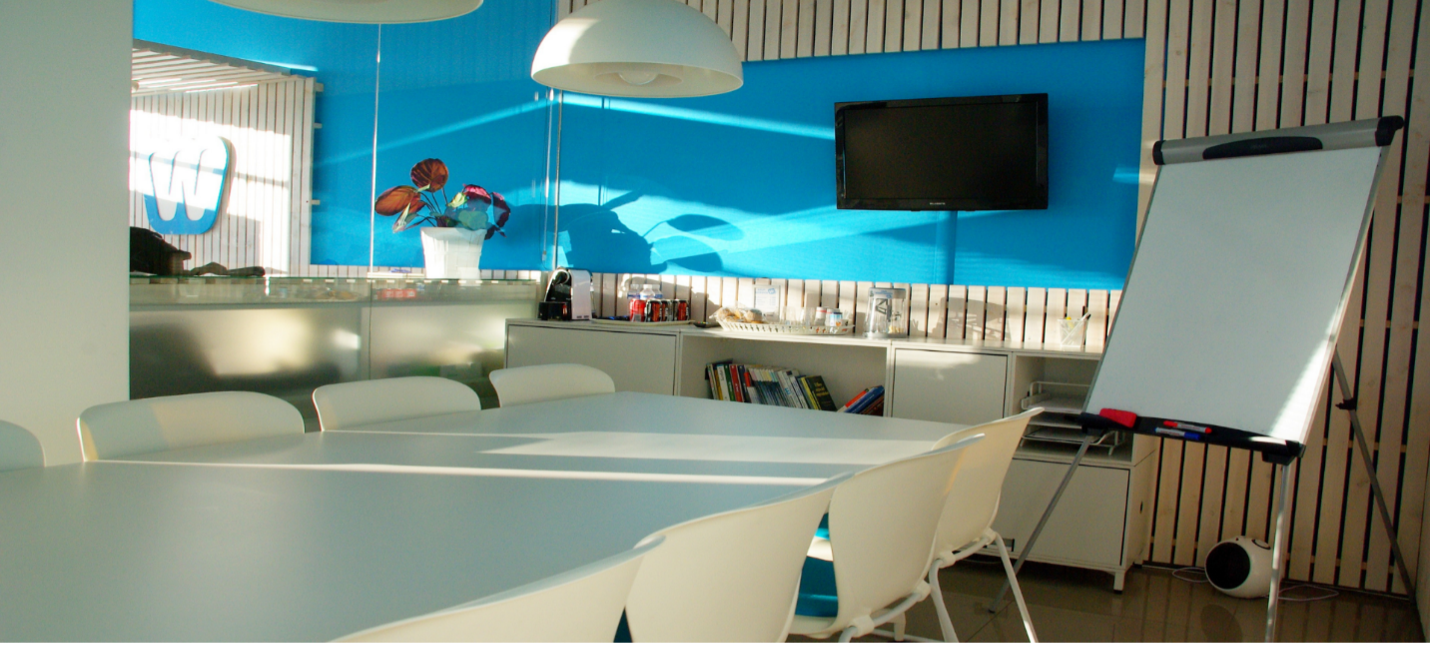“COVID-19 will reshape our world. We don’t know yet when the crisis will end. But we can be sure that by the time it does, our world will look very different.”
– Josep Borrell, President of the European Parliament
It’s safe to say that the pandemic has had an unprecedented impact on almost every area of our lives. This includes our mental/physical health, personal finances and overall well-being.
There are no other areas that have required a greater paradigm shift more than the workplace. The pandemic has challenged our resilience, agility and capacity to adjust to changing workplace dynamics. Whether you are a senior-level executive or an associate attorney, operating by the old norms in your pre-pandemic playbook isn’t going to cut it.
How the Pandemic Has Impacted Employees and Companies
COVID’s impact on employees. Since the onset of the pandemic, stress and uncertainty have made it challenging for people to thrive at home and work. Rising unemployment rates, inflation and health concerns have amplified the stress and frustrations of millions of people globally.
Burnout has increased significantly during the COVID-19 pandemic. This is especially true for women. As a result of the pandemic, many women have found it increasingly difficult to balance personal responsibilities and professional obligations. These challenges have caused 25 percent of professional women to consider downshifting their careers or leaving the workforce altogether.
When it comes to corporate job burnout, CEOs and senior executives are not immune. They experience as much stress (or more) as the employees that they lead. The only difference is they are expected to maintain a certain level of confidence and poise even if they are at the end of their ropes.
Within the past two years, hundreds of CEOs and executives have resigned from their positions to pursue less stressful ventures. In 2020, the average number of executive job openings on the ZipRecruiter website was 22,072.
Fast forward to October 2021, the average number of executive job openings on the same site surged to 40,681. The rise in executive job openings suggest that The Great Resignation is impacting more than low-wage employees.
Working remotely has provided an array of perks for many employees during the pandemic. However, there were a few downsides that disrupted work/life balance and contributed to employee performance anxiety. These include:
- More virtual meetings, phone calls and video chats.
- Added pressure to respond to after-hours emails from bosses and senior-level management.
- Employees working longer hours to prove their value to the organization.
- Taking on more projects to boost the chances of a bonus or stellar performance appraisal.
Recently, Gallup released its State of the Global Workplace 2021 Report. This 191-page document explores global insights on employee engagement, compensation and emotional well-being.
Overall, key insights from the report include:
- 50% of respondents reported that the Covid-19 pandemic had a significant impact on their lives.
- Only 20% of employees indicated that they are engaged at work.
- 32% of employees reported that they are thriving.
If our aim is to retain top talent within our organizations, we must implement initiatives that engage our employees. This means providing mentorship opportunities, offering mental health support and creating new workplace norms that work for everyone.
COVID’s impact on companies. At the beginning of the pandemic, local restrictions thrust many companies into survival mode. Organizations that didn’t have an existing remote work plan had to develop one quickly. Instead of focusing on growth, many companies began to set their sights on ‘just getting through’ the pandemic.
Agile companies with strong business models were able to successfully grow their customer base and revenue exponentially. Struggling companies were forced to shut down, reduce production or declare bankruptcy. The pandemic shined a bright light on each company’s strengths and flaws.
Based on findings by the World Bank, here is a glimpse of how the pandemic affected companies globally from October 2020 to January 2021.
- 25% of companies experienced a 50% drop in sales.
- 65% of companies adjusted their payroll to prevent layoffs.
- 34% of companies have increased their use of digital platforms, the internet and social media.
- 17% of companies made investments in new digital solutions, equipment and software.
When it comes to the aftermath of the pandemic, we aren’t out of the woods yet. But we are learning how to implement new plans that will guide us along the way. Even if it means that we have to become more creative and embrace new ways of leading our organizations.
Post-Pandemic Workplace Trends to Watch in 2022
As leaders, it will benefit us to stay abreast of post-pandemic workplace trends. Not only will doing this help us enhance organizational culture, but it can also help us let go of ineffective policies. Here are a few workplace trends to watch in 2022.
1. More employees are calling for corporate and organizational accountability. The pandemic has provided many employees with time to reflect on things that matter most to them in the workplace. They are no longer willing to remain silent while they are passed over for promotions, marginalized and devalued. Employees have come to realize that they have options and worth. They expect to work for companies that acknowledge and celebrate their contributions.
What this trend means for your company: Diversity, equity and inclusion must be a priority for every organization. Provide opportunities and projects that promote growth and upward mobility for every employee. If you aren’t willing to invest in employee retention initiatives, don’t be surprised when your top talent leaves to join other companies that have made the investment.
2. Greater flexibility and hybrid workplaces. Working from home has allowed employees to see that there is more to life than stressful commutes and long hours spent in an office. At a minimum, employees want the option to work from home a few days during the week. A flexible work environment allows employees to have a greater sense of wellbeing and work/life balance.
What this trend means for your company: Studies show that working remotely can increase employee productivity.Working in the office or at home doesn’t have to be an either/or proposition. By the end of 2022, experts predict that 60 percent of companies will transition to a hybrid model. Look for ways to implement a flexible work schedule in your office. This will require your company to revise its expectations about job roles and face-to-face meetings.
3. Employee wellness must be a priority for your company. The pandemic has contributed to stress unlike any other time in history. Millions of people are dealing with mental and physical health problems due to stress. These include feelings of anger, depression, changes in appetite, difficulty concentrating, substance abuse, skin rashes, body pains and headaches.
What this trend means for your company: Employee wellness is essential to a thriving workplace. Implement programs that support and empower your employees. Encourage employees to use their vacation days and take time off if they aren’t feeling well. Promoting employee wellness can reduce health insurance claims and trips to the doctor.
4. Staff shortages, employee resignations and career transitions will continue throughout the year. When employees resign, you have to invest time and money into finding the right replacement. All the while, you still have to find ways to retain the employees who choose to stay.
What this trend means for your company: Hiring new employees and retaining current ones require effective employee engagement and internal communication strategies. Your organization must also implement programs to help employees develop new skills to become eligible for promotions. New growth opportunities offer attractive incentives for employees to remain at your company.
Every company has a different structure. While there is no one-size-fits-all blueprint, leaders must embrace and implement workplace trends. That way, we can create work experiences based on our current reality – not the one in the past.
About Corporate Counsel Women of Color
At Corporate Counsel Women of Color, our mission is to help women of color thrive in the legal profession. Join our network of over 4,500 professional women to build professional relationships and get access to career growth strategies.
© Copyright of Corporate Counsel Women of Color®. All Rights Reserved. To License the Use of this Article, contact info@wordpress-802957-2809595.cloudwaysapps.com



